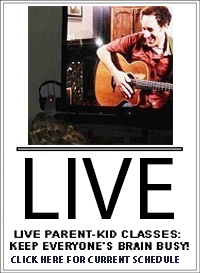Ecuadorian music is melange of distinct yet complementary regional melodic and rhythmic styles. There’s the traditional folk of the Andaen higlands, “pasillo” music — a melodic Spanish-influenced style that first became popular in the early 19th century during the Ecuadorian War of Independence, and various Afro-Ecuadorian genres, all of which are the rhythmic progeny of Africa and therefore impossible to listen to without getting up to dance.
The African ancestors’ of today’s Afro-Ecuadorians arrived in Ecuador in the late sixteenth century when several slave-bearing ships crashed on the country’s coast.
Today there are two main sub-genres of Afro-Ecuadorian music:
— the marimba-based music of Esmeraldas, which has direct ties to African (Bantu) genres that use marimba, and
— the more Spanish-influenced yet still distinctly African “bomba” from the Chota Valley.
As a group Afro-Ecuadorians fare slightly better (economically and socially) than Ecuador’s indigenous population, but they still face poverty and many other entrenched challenges. For many, Afro-Ecuadorian music is a statement of cultural separateness and an expression of Afro-Ecuadorian cultural and political pride.
If you want to dig more deeply into Afro-Ecuadorian music — which you should — listen to Afropop.org’s fascinating podcast, “The Other Afro-Latino: Hidden Sounds of Ecuador, Bolivia and Uruguay.” Also, HowlingEarth.com’s Ecuador page is a great place to go for a concise audio tour of Ecuador’s musical diversity. On the site you can see video of live performances, all recorded in Ecuador, representing styles such as:
Afro-Ecuadorian — see Bambuco, from Esmeraldas.
Andean: — see Faccha
Huayras. Amazonian — see Rosa Eulalia Mashumar Inchis.
Traditional folklorico — see Quito’s Los Astros de Ecuador.
More information:
Afro-Ecuadorian history, shipwreck and all | About Esmeraldas | About the Chota Valley | Ecuadorian human rights report (including information about Afro-Ecuadorian discrimination) | Afro-Ecuadorian music as a statement of cultural pride (the link is a pdf).





Comments are closed.